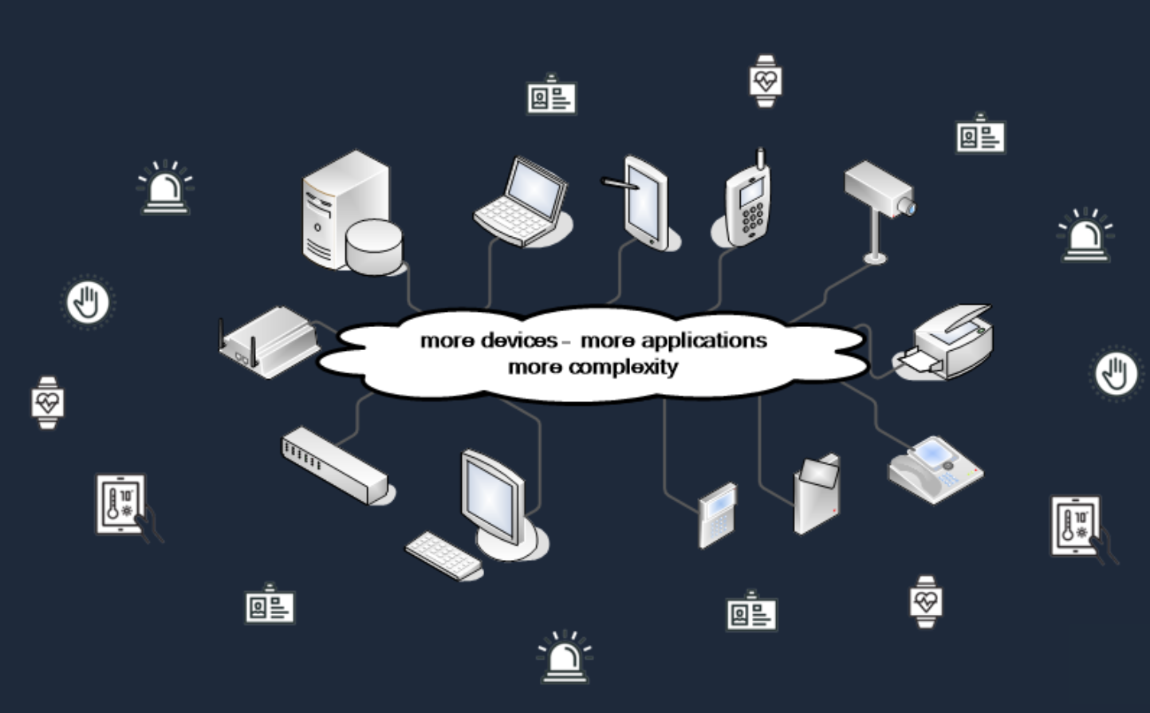- About Aginode
- Data Networks
- Telecom Infrastructure
- Products
-
Resources
- Resources
- Documentation
- Blog
-
Case Studies
- Overview
- Innoasis development in Norway
- Eemsdelta Campus
- Hotelschool The Hague
- Emergency covid hospital, Hong Kong
- Société du Grand Paris
- Centrin Datacentres
- Airbus
- Athens Historic City Hall
- Pinewood Studios
- Goethe University Frankfurt
- Denmark New University Hospital
- University of Toulouse
- CHM Maubeuge: a model for future-ready hospitals
- Webinars
- Software Tools
- Warranty
- Newsroom
- Search
- Contact us
- Compare
- Sign in
Office & Enterprise
How do Smart Buildings differ from Building Automation Systems?


The future is bright for Smart Buildings. The growth of intelligent device deployment is forecasted to accelerate in the next couple of years. But what makes a Building intelligent? And where does it differ from a traditional Building Automation system?
Traditional Building Automation systems
When we think about Building Automation it’s usually about thermostats on the wall and their connection to some sort of control system that changes the temperature in a building. The first building automation systems were invented in the late 19th century. In 1883 Warren Johnson came up with a mechanical thermostat that could switch a light on or off in the boiler room to inform a person to shovel more coal into a furnace in order to raise the temperature. 100 years later the first computerised devises appeared on the market capable of taking action on the input received form those thermostats. It wasn’t until the 1990s when we started to see more intelligent thermostats on the wall and the various systems connected to a computer network. By the late 1990s some of these networks in turn got connected to the internet.
The limits of Building Automation systems
A Building Automation system is essentially a self-contained system that is not always connected to the internet. They exist primarily for the benefit of the building owner or the management of that space. Their sought for benefits were reduced energy consumption, cost and maintenance. Intelligent buildings go far beyond those building automation systems that primarily focus on energy savings.
What is a Smart Building?
There is no single definition as to what an Intelligent or Smart Building is. Unlike “Green” Buildings we don’t have an independent evaluation system to define one. Having said that, many organisations and institutions have attempted definitions where we see some common themes occurring, including aims to improve working environment, health, safety, and productivity in addition to the cost and environmental benefits. So, the definition of an Intelligent Building varies according to your perspective and what you want to get out from that intelligence. There are several cabling standards for Intelligent Buildings that exist today to help plan for a network deployment. Both CENELEC and ISO are specific to Distributed Building Services, and, BICSI has an ICT design for Intelligent Buildings and Premises.
In essence an Intelligent Building has sensors and devices that allows us to represent physical objects, systems and spaces in a digital way. The data collected by IoT devices enable us to optimise the function of the building’s systems and spaces within the building.
So in conclusion a Smart Building focusses more than on energy savings alone. The key factor is that it can integrate data from multiple disparate services in order to drive economic, social and environmental benefits to both the building owner or tenant, and the staff who populate it.
Look out for future blog posts where we’ll look deeper into these different benefits.
Categories
Our websites
Select your country to find our products and solutions
-
Africa
- Africa
- Ghana
- Ivory Coast
- Morocco
- North West Africa
- Americas
- Asia
- Europe
- Oceania
